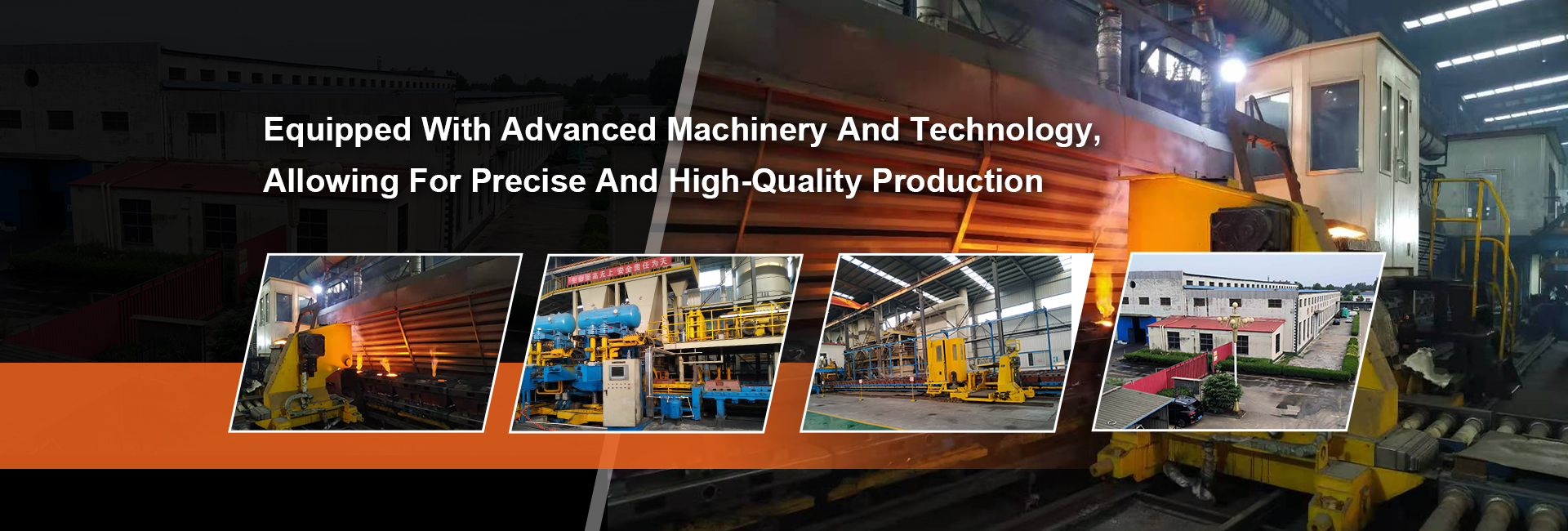
-
 Afrikaans
Afrikaans -
 Albanian
Albanian -
 Amharic
Amharic -
 Arabic
Arabic -
 Armenian
Armenian -
 Azerbaijani
Azerbaijani -
 Basque
Basque -
 Belarusian
Belarusian -
 Bengali
Bengali -
 Bosnian
Bosnian -
 Bulgarian
Bulgarian -
 Catalan
Catalan -
 Cebuano
Cebuano -
 Corsican
Corsican -
 Croatian
Croatian -
 Czech
Czech -
 Danish
Danish -
 Dutch
Dutch -
 English
English -
 Esperanto
Esperanto -
 Estonian
Estonian -
 Finnish
Finnish -
 French
French -
 Frisian
Frisian -
 Galician
Galician -
 Georgian
Georgian -
 German
German -
 Greek
Greek -
 Gujarati
Gujarati -
 Haitian Creole
Haitian Creole -
 hausa
hausa -
 hawaiian
hawaiian -
 Hebrew
Hebrew -
 Hindi
Hindi -
 Miao
Miao -
 Hungarian
Hungarian -
 Icelandic
Icelandic -
 igbo
igbo -
 Indonesian
Indonesian -
 irish
irish -
 Italian
Italian -
 Japanese
Japanese -
 Javanese
Javanese -
 Kannada
Kannada -
 kazakh
kazakh -
 Khmer
Khmer -
 Rwandese
Rwandese -
 Korean
Korean -
 Kurdish
Kurdish -
 Kyrgyz
Kyrgyz -
 Lao
Lao -
 Latin
Latin -
 Latvian
Latvian -
 Lithuanian
Lithuanian -
 Luxembourgish
Luxembourgish -
 Macedonian
Macedonian -
 Malgashi
Malgashi -
 Malay
Malay -
 Malayalam
Malayalam -
 Maltese
Maltese -
 Maori
Maori -
 Marathi
Marathi -
 Mongolian
Mongolian -
 Myanmar
Myanmar -
 Nepali
Nepali -
 Norwegian
Norwegian -
 Norwegian
Norwegian -
 Occitan
Occitan -
 Pashto
Pashto -
 Persian
Persian -
 Polish
Polish -
 Portuguese
Portuguese -
 Punjabi
Punjabi -
 Romanian
Romanian -
 Russian
Russian -
 Samoan
Samoan -
 Scottish Gaelic
Scottish Gaelic -
 Serbian
Serbian -
 Sesotho
Sesotho -
 Shona
Shona -
 Sindhi
Sindhi -
 Sinhala
Sinhala -
 Slovak
Slovak -
 Slovenian
Slovenian -
 Somali
Somali -
 Spanish
Spanish -
 Sundanese
Sundanese -
 Swahili
Swahili -
 Swedish
Swedish -
 Tagalog
Tagalog -
 Tajik
Tajik -
 Tamil
Tamil -
 Tatar
Tatar -
 Telugu
Telugu -
 Thai
Thai -
 Turkish
Turkish -
 Turkmen
Turkmen -
 Ukrainian
Ukrainian -
 Urdu
Urdu -
 Uighur
Uighur -
 Uzbek
Uzbek -
 Vietnamese
Vietnamese -
 Welsh
Welsh -
 Bantu
Bantu -
 Yiddish
Yiddish -
 Yoruba
Yoruba -
 Zulu
Zulu
how rear drum brakes work
Understanding How Rear Drum Brakes Work
Rear drum brakes are a common type of braking system found in many vehicles, especially older models and certain compact cars. Understanding how they function can provide insights into vehicle safety and performance, as well as maintenance needs.
At the core of drum brakes is a cylindrical housing known as the drum, which is connected to the wheel. When the driver presses the brake pedal, hydraulic fluid is pumped through the brake lines, engaging the brake shoes inside the drum. The primary components involved in this process include the brake drum, brake shoes, wheel cylinder, and return springs.
Understanding How Rear Drum Brakes Work
The brake shoes are curved metal plates lined with friction material, similar to that found on disc brakes. As the brake shoes make contact with the inner surface of the drum, they create friction, slowing down the wheel's rotation and thereby bringing the vehicle to a stop. This friction is crucial; the more force applied to the brake pedal, the greater the friction generated, which increases the stopping power of the vehicle.
how rear drum brakes work

One of the unique aspects of drum brakes is their self-energizing feature. When the vehicle is in motion and the brakes are applied, the rotation of the drum causes the brake shoes to be forced harder against the drum. This effect enhances the braking force, making drum brakes efficient despite their relatively smaller size compared to disc brakes.
Once the driver releases the brake pedal, the hydraulic pressure diminishes, allowing the return springs connected to the brake shoes to pull them back into their original position away from the drum. This action not only prevents dragging friction but also prepares the brakes for the next application.
While drum brakes are effective, they do have some disadvantages compared to modern disc brakes. Drum brakes tend to retain heat more effectively due to their enclosed design, which can lead to brake fade during prolonged use, such as in emergency braking situations or on steep descents. Additionally, drum brakes can be more complex to service and replace, as the internal components require careful adjustment to ensure proper function.
Maintenance of rear drum brakes is essential to ensure safety. Regular inspections should include checking the thickness of the brake shoes, examining the brake drum for any signs of wear or scoring, and ensuring that all hydraulic components are functioning properly. Replacing components as necessary, such as the brake shoes and wheel cylinder, can prevent more significant issues down the line.
In summary, rear drum brakes are a vital component of many vehicles' braking systems. They operate through a combination of hydraulic pressure and mechanical components to create the friction necessary for stopping. Understanding their workings not only helps in appreciating their role in vehicle safety but also emphasizes the importance of regular maintenance to keep them in optimal condition. Whether you drive a classic car with drum brakes or a modern vehicle equipped with disc brakes, knowledge of these systems can enhance your driving experience and ensure safe travels.
-
What Are Drum BrakesNewsJul.07,2025
-
Understanding Brake Drum MaterialNewsJul.07,2025
-
Semi-Trailer Brake Drum: A Key Component for Extreme Loads and Long-Distance TransportNewsJul.07,2025
-
Drum Brake Pads for SaleNewsJul.07,2025
-
Brake Drums for SaleNewsJul.07,2025
-
Brake Drum ManufacturerNewsJul.07,2025
-
Aluminum Brake Drums: The Future of High-Performance CarsNewsJul.07,2025
